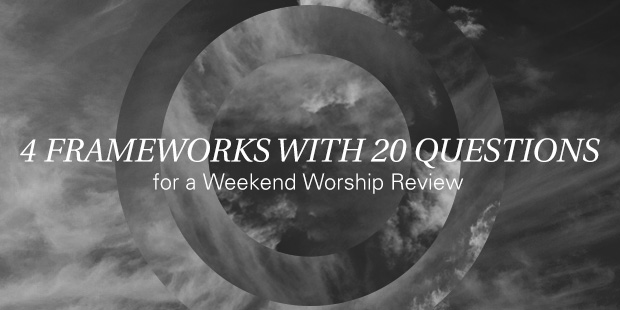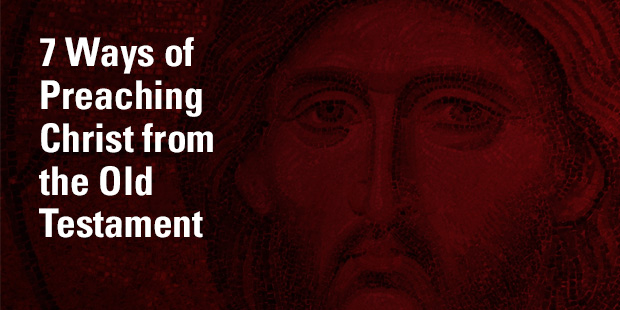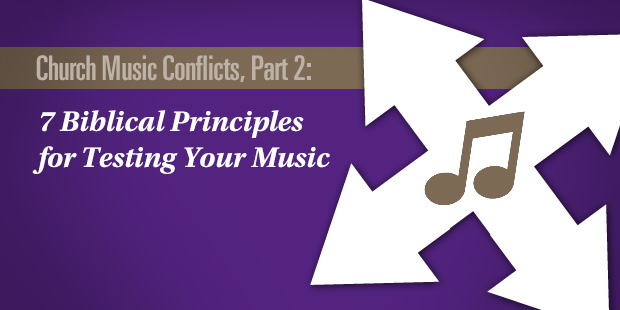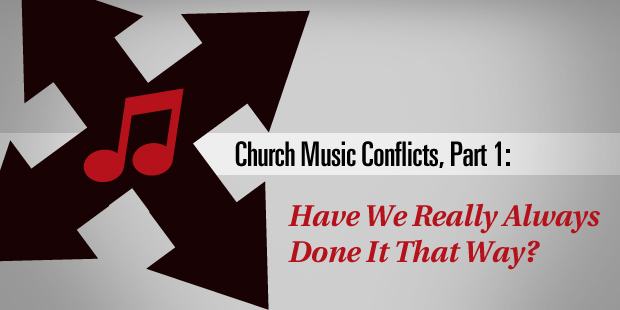Music can be one of the most controversial issues in the body of Christ. Each person has his or her own unique taste in music. Christians listen to, enjoy, and are edified by all of these kinds of music. But should they?
In seeking to determine what is the right music for a church, it is important that we apply biblical principles to evaluate our music. That is not always easy, as the Bible contains no music notes and God indicates no musical preferences. Though, as I’ve written before, I do believe there are seven tests based on biblical principles that can help determine the suitability of music.
Music has always been a struggle within the church.
This evaluation is not a new thing. Music has always been a struggle within the church. It seems odd to hear Christians today insist that a certain style of music is best or act as if the recent “Worship Wars” were an anomaly in church history. Any Christian who knows our past would know that neither of those is the case.
Take a look at the patterns throughout the centuries, which Elmer Towns and I detailed in the book, Perimeters of Light:
“Get rid of that flute at church. Trash that trumpet, too. What do you think we are, pagans?”
200s: Instrumental music was almost universally shunned because of its association with debauchery and immorality. Lyre playing, for example, was associated with prostitution.
“Hymns to God with rhythm and marching? How worldly can we get?”
300s: Ambrose of Milan (339-397), an influential bishop often called the father of hymnody in the Western church, was the first to introduce community hymn-singing in the church. These hymns were composed in metrical stanzas, quite unlike biblical poetry. They did not rhyme but they were sometimes sung while marching. Many of these hymns took songs written by heretics, using the same meter but rewriting the words.
“The congregation sings too much. Soon the cantor will be out of a job!”
500s: Congregations often sang psalms in a way that “everyone responds.” This probably involved the traditional Jewish practice of cantor and congregation singing alternate verses.
“Musical solos by ordinary people? I come to worship God, not man!”
600s: The monasteries, referencing “Seven times a day I praise you” (Ps. 119:164), developed a seven-times-daily order of prayer. The services varied in content, but included a certain amount of singing, mainly by a solo singer, with the congregation repeating a refrain at intervals. The services were linked together by their common basis in the biblical psalms in such a way that the whole cycle of 150 psalms was sung every week.
“Boring, you say? Someday the whole world will be listening to monks sing these chants.”
800s: Almost all singing was done in chant, based on scales that used only the white keys on today’s piano. The monastery was the setting above all others where Christian music was sustained and developed through the Dark Ages.
“How arrogant for musicians to think their new songs are better than what we’ve sung for generations.”
900s: Music began to be widely notated for the first time, enabling choirs to sing from music. Thus new types of music could be created which would have been quite out of the reach of traditions where music was passed on by ear.
“Hymns that use rhyme and accent? Surely worship should sound different than a schoolyard ditty!”
1100s: The perfection of new forms of Latin verse using rhyme and accent led to new mystical meditations on the joys of heaven, the vanity of life, and the suffering of Christ.
“This complicated, chaotic confusion is ruining the church!”
1200s: Starting in France, musicians began to discover the idea of harmony. The startling effect of the choir suddenly changing from the lone and sinuous melody of the chant to two-, three-, or even four-part music did not please everyone. One critic commented how harmony sullied worship by introducing “lewdness” into church.
“Don’t try to sing that hymn at home; leave it to the professionals at church.”
1300s: Worship in the great Gothic-era cathedrals and abbeys used choirs of paid professionals, “a church within a church,” sealed off by screens from the greater building. Ordinary people generally had no place in the spiritual life of these great buildings, except perhaps in the giving of their finances.
“It’s too loud, and the music drowns out the words.”
1400s: Music became increasingly complex (Gothic sounds for Gothic buildings), prompting criticisms that only the choir was allowed to sing. As reformer John Wycliffe had complained, “No one can hear the words, and all the others are dumb and watch them like fools.”
“They want us to sing in today’s language. Shouldn’t God-talk be more special than that?”
1500s: The new prayerbook, pushed by King Henry VIII of England decreed that all services would be in English, with only one syllable to each note.
“Now they’re putting spiritual words to theater songs that everyone knows.”
1500s: Martin Luther set about reforming public worship by freeing the mass from what he believed to be rigid forms. One way he did this was by putting stress on congregational singing. He used hymns and music already familiar to the majority of people in Germany.
“Okay, men on verse 2, ladies on verse 3, and the organ on verse 4.”
1600s: The organ played an important part in Lutheranism, Anglicanism, and Roman Catholicism, while in the Reformed churches there was much opposition to it. Initially the organ was not used to accompany congregational singing, but had its own voice. As a result, the organist would often play a verse on the congregation’s behalf.
“Our children will grow up confused, not respecting the Bible as an inspired book.”
1700s: Isaac Watts gave a great boost to the controversial idea of a congregation singing “man-made” hymns, which he created by freely paraphrasing Scripture. Charles Wesley paraphrased the Prayer Book, and versified Christian doctrine and experience. Wesley’s songs were said to have had at least a great as influence as his sermons.
“Their leader is just asking for trouble when he says, ‘Why should the devil have all the best music?'”
1800s: William Booth, founder of The Salvation Army, used rousing melodies with a martial flavor to set the tone for his Army. He is credited with popularizing the “why should the devil” question referenced above.
“These Christian radio quartets are on a slippery slope. Don’t they realize that the airwaves are the domain of Satan, ‘prince of the power of the air’?” (Eph. 2:2).
1900s: When radio was in its infancy, a handful of Christian pioneers such as Donald Grey Barnhouse and Charles E. Fuller began featuring gospel music and evangelistic teaching over the airwaves. Many Christians initially showed skepticism.
“Christian Rock is an oxymoron. The music of the world must not invade the church.”
1970s: Larry Norman sang, “I want the people to know, That He saved my soul, But I still like to listen to the radio…They say that rock and roll is wrong…I know what’s right, I know what’s wrong and I don’t confuse it: Why should the devil have all the good music…’Cause Jesus is the Rock and He rolled my blues away.” He founded what became known as Contemporary Christian Music… and it is still controversial today.
As you can see, music has played a central, but contentious role through out church history. There is no reason to believe the disagreements will stop any time soon. Being aware of the changes and movements of the past, however, should encourage us to be more humble about our own preferences and more open to other styles of music used to worship God and point people to Christ.

Tags: Church Music, Ed Stetzer, Worship
|
What is MyVisionRoom? > | Back to Environments >


































